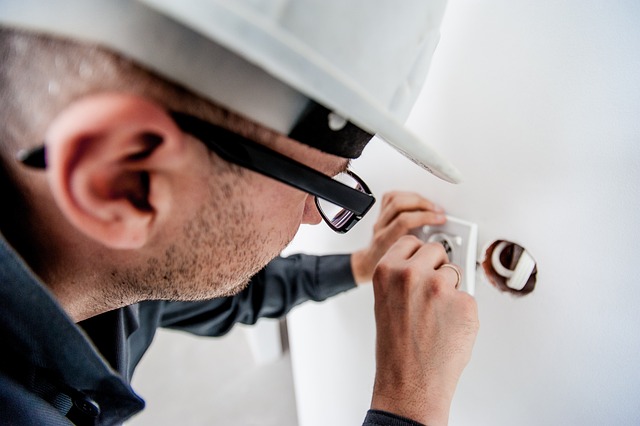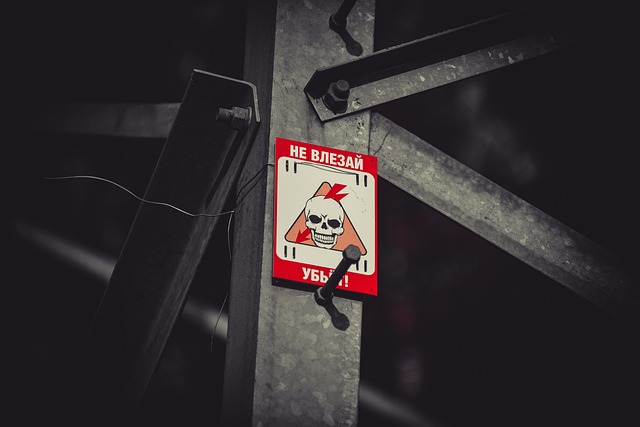Electricians play a pivotal role in the implementation of backup power systems for both homes and businesses, ensuring that critical equipment such as medical devices, security systems, and data centers remain operational during utility outages. Their expertise encompasses evaluating power requirements, selecting appropriate generator models, integrating them into existing electrical setups with an emphasis on safety and efficiency, and employing advanced technologies like automatic transfer switches for seamless transitions to backup power. These professionals conduct thorough load calculations to determine the generator's capacity, place the generator in a secure location compliant with local regulations, and follow essential safety protocols including proper installation of automatic transfer switches, adequate grounding, and code-compliant connections. Regular maintenance and clear operating instructions are crucial for maintaining system readiness and client confidence in the reliability of these backup solutions. Electricians' adherence to best practices and compliance with industry standards ensures that power systems are both safe and efficient, underscoring their importance in safeguarding essential services from power disruptions and supporting modern operations where a consistent electricity supply is non-negotiable.
When the grid falters, backup power systems become indispensable, ensuring continuity of essential functions. This article delves into the pivotal role of electricians in installing generators as part of robust backup power solutions. From the intricacies of residential setups to the complexities of commercial implementations, we explore best practices that elevate electrical professionals’ expertise in this field. Enhancing reliability and safety, these insights empower electricians to deliver uninterrupted power, safeguarding clients against power outages.
- Electricians and Emergency Power: Integrating Generators into Backup Systems
- Best Practices for Electricians Installing Backup Generators for Residential and Commercial Clients
Electricians and Emergency Power: Integrating Generators into Backup Systems

Electrical professionals play a pivotal role in ensuring businesses and homes have reliable backup power systems. The integration of generators into backup power configurations is a specialized task that demands the expertise of skilled electricians. These experts are adept at assessing power needs, selecting appropriate generator models, and installing them to seamlessly support critical operations during power outages. Their work involves understanding the load requirements, determining the right size and type of generator for each application, and connecting it to the existing electrical system in a manner that prioritizes safety and efficiency. This process not only safeguards against prolonged downtime due to power disruptions but also ensures that essential systems such as medical equipment, security systems, and data center operations can continue to function without interruption. Moreover, these electricians are often well-versed in the latest technologies, including automatic transfer switches that automatically switch to generator power when utility power fails, thereby providing a seamless transition to backup energy sources. This proactive approach to power reliability is critical in a wide array of settings, from healthcare facilities to commercial operations, where consistent power is not just a convenience but a necessity.
Best Practices for Electricians Installing Backup Generators for Residential and Commercial Clients

When electricians undertake the task of installing backup generators for both residential and commercial clients, adherence to best practices is paramount to ensure the reliability and safety of the power systems. A thorough understanding of the generator’s capacity, the electrical loads it will support, and the integration with existing wiring is essential. Electricians should perform a detailed load calculation to determine the necessary backup power needs, considering both critical and non-critical circuits. This step ensures that the generator can handle peak demands without overloading or failing during an outage.
Proper installation also requires securing the generator in a suitable location, preferably where it will not be exposed to extreme weather conditions or security risks. The placement should allow for adequate ventilation if the generator is gasoline or diesel-powered and must comply with local zoning ordinances. Safety measures include installing automatic transfer switches, grounding the system correctly, and ensuring all connections are up to code. Regular maintenance checks and providing clients with clear instructions on operating procedures will further guarantee the backup power system’s readiness when needed. By following these best practices, electricians can deliver a reliable and efficient backup power solution, enhancing both safety and peace of mind for their clients.
In conclusion, the integration of backup generators by skilled electricians is a critical component in safeguarding both residential and commercial properties against power outages. The best practices outlined in this article emphasize the importance of professional installation and maintenance to ensure uninterrupted service during emergencies. For those seeking reliable backup power systems, employing a certified electrician well-versed in such installations is key to effective operation when primary power sources fail. With the increasing frequency of power disruptions, having a dependable generator can provide peace of mind and protect vital operations from downtime. Homeowners and businesses alike should consider these practices as an investment in their continued functionality during unforeseen events.
